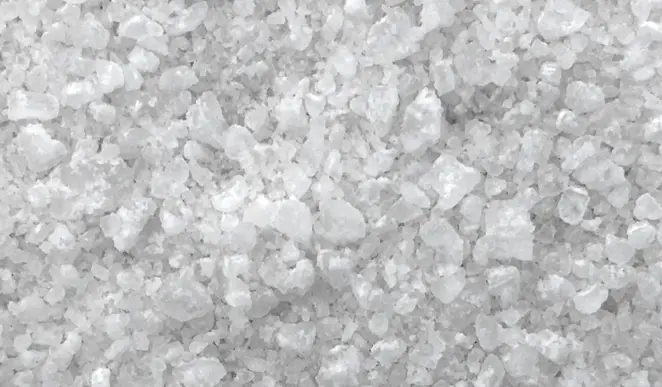Why Do We Use De-Icing Salt?
Since time immemorial mankind has depended on salt, when you actually stop and think about it salt is a truly amazing material. Surprisingly it didn’t start out as a de-icing agent, cavemen didn’t have cars, or roads. So why do we use de-icing salt?

The first known use of salt was the preservation of meat, before refrigeration was mastered keeping food fresh (and more importantly safe to eat) was a major challenge. Salt preserves food by drawing moisture out of bacteria and fungi, in a process known as osmosis. Although the process is slightly more complicated than this it can easily be summarised by saying salt makes the environment too dry for life. Curing food to extend its shelf life was common practice until the late 19th century and many foods are still cured today for flavor.
Salt is also used heavily by industry, it’s the base material for chemicals such as Chlorine, Sodium Hydroxide (Caustic Soda) and Soda Ash. In fact it’s hard to overstate the importance of salt to the modern world. Detergents, textiles, petrochemical, glass, pharmaceuticals, water treatment and aluminium production are just some examples of industries that depend on salt.
Luckily for us as well as been one of the most widely used chemicals in the world, it is also one of the most abundant and easy to extract. The two main sources are evaporating sea water in salt pans in tropical or sub tropical regions, (our white salt is sourced this way,) and mining prehistoric dried out seas (the source of our rock salt).
Salt in the world’s oceans actually comes from rocks on land. Rainfall is slightly acidic (remember all the talk of acid rain in the 80’s and 90’s, whatever happened to that?) which slowly erodes the rocks it falls onto. It’s not just the mechanical action of rain falling which is important, it’s the acidity. Acids create ions (charged atomic particles), the ions of Sodium and Chlorine make up over 90 percent of the ions dissolved in the oceans. The ions react to form Sodium Chloride, salt.
Salt is concentrated in the oceans by the water cycle. As water evaporates from the surface (to again fall as rain washing more Sodium and Chlorine into rivers and eventually the oceans) salt is left behind. A single cubic mile of seawater contains an astonishing 120 million tons of salt. To put this figure into perspective it was estimated that the total worldwide production of salt in 2002 was 210 million tons.
People have cleared snow from paths for centuries, however, until the advent of paved roads and motorised transport it wasn’t actually a major concern. Initially snow ploughs were used but these were found to be insufficient on their own as they left behind ice.
A single cubic mile of seawater contains an astonishing 120 million tons of salt. To put this figure into perspective it was estimated that the total worldwide production of salt in 2002 was 210 million tons.
De-icing as well as clearing snow needed a new approach to prevent the unnecessary loss of life caused by winter motor accidents. Initially the idea of spreading salt to de-ice roads was widely opposed because of the corrosion caused to iron bridges and the vehicles themselves, however as the popularity cars increased and their prices fell in the mid to late 1920s, spreading de-icing salt whilst ploughing snow became the accepted solution.
Using salt to de-ice surfaces is a compromise, it has drawbacks such as causing corrosion to vehicles and damage to plants near where the salt is spread. However, the wide availability and low cost of salt makes it the idea product to not just clear snow but de-ice roads and pathways.


